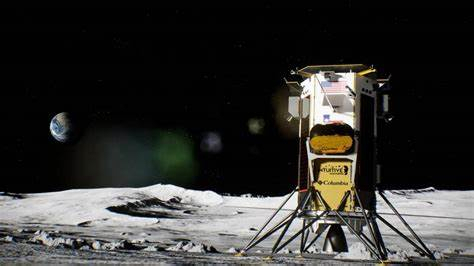Early Friday morning, the lunar surface welcomed the arrival of Intuitive Machines' pioneering lunar lander, Odysseus, marking a significant milestone as the first American spacecraft to touch down on the moon in over five decades. According to NASA, the uncrewed Odysseus successfully landed at the lunar South Pole at 6:23 p.m. Eastern Time on Thursday, carrying a payload of NASA science and commercial instruments.

The journey of Odysseus began with its launch atop a SpaceX Falcon 9 rocket last Thursday from NASA's Kennedy Space Center in Florida. Codenamed IM-1, this mission signifies Intuitive Machines' inaugural robotic flight to the moon's surface, as reported by Xinhua news agency.
Among its scientific objectives, the mission aims to conduct studies on plume-surface interactions, radio astronomy, and space weather interactions with the lunar surface. Additionally, Odysseus will demonstrate precision landing technologies and communication and navigation node capabilities, furthering NASA's exploration goals.
This historic landing underscores NASA's collaboration with US companies through the Commercial Lunar Payload Services initiative, aiming to deliver cutting-edge science and technology to the lunar surface. The last US moon landing occurred in December 1972 during the Apollo 17 mission, marking the final expedition of the Apollo Programme.
Earlier in January, another NASA-supported lunar lander, operated by Astrobiotic Technology, encountered a setback due to "critical" fuel loss, preventing its successful lunar arrival.
Odysseus carries six NASA instruments geared towards investigating the lunar environment and testing technologies crucial for future Artemis missions, solidifying its role in advancing lunar exploration endeavors.









